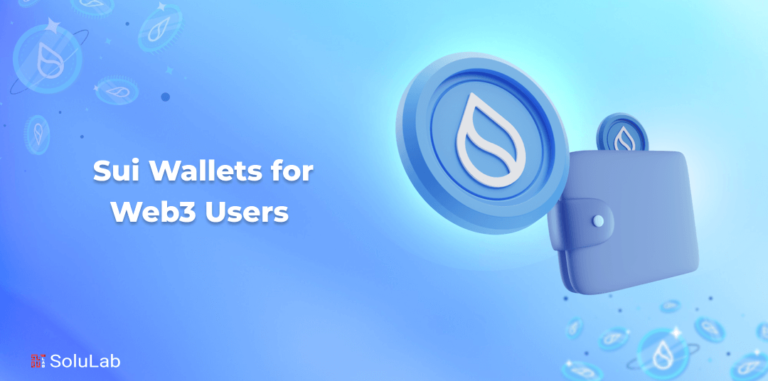
ICO started booming around 2015 and 2016, raising ridiculous amounts of money, and putting traditional fundraising platforms like Kickstarter to shame. Many ICOs didn’t even have proper White Papers or any working prototypes but yet managed to raise millions of dollars. I know of people who just dumped money into any ICO without even reading the White Paper, hoping the token value would go up post-ICO. There were also many YouTube videos teaching people how to scam money using ICO. It was crazy.
By the time you are reading this, the ICO platform climate has changed. Many countries are starting to regulate or ban ICO and people are becoming more informed about what to look for in an ICO before investing in it. To have a successful ICO today, you need to have a great idea and a lot of preparation. The amount of effort you put in will reflect on the result you get out of it eventually.
Step 1: White Paper
I’ve seen many White Papers that exist for the wrong reason. Many White Papers are marketing papers. This is the first smell of a scam. A White Paper should describe a problem thoroughly and dedicate a large part of the paper to providing a possible workable solution. Always back up your claim of why your solution would work.
Step 2: Purpose of your Token
Decide on how you want to incentivize your contributors with the tokens issued to them. Do your maths and research into the soft and hard token cap number and their implications. Be careful of running uncapped ICOs as people are becoming more weary of it. Choose an easy-to-remember token symbol.
Step 3: Terms and Conditions
You want to do your legal background research early. Decide on your ICO terms and conditions. Decide on who can and cannot contribute. Ideally, you want a legal advisor on your team. Is the nature of your business even legal in your country? How do you intend to spend the funds raised? How is the token distributed? Does the core team intend to keep some tokens by themselves? Always keep abreast of ICO legalities in different countries.
Step 4: Build a Great Team
To me, this is the hardest part. How do you get people to believe in your idea — Not just normal people, but people with credibility willing to stake their reputation with your idea? These people must have verifiable LinkedIn accounts. Many ICOs started by being overly top heavy, for example, you have the CEO, CFO, CSO, CTO, blue chip advisors…etc but no engineers! This gives people the impression that you cannot execute your idea. If your idea is blockchain-related, you need to get blockchain experts in your team. People who know blockchain are hard to come by. Make sure you do enough networking to know the right people.
Step 5: Decide on what Token Technology to Use
With all the groundwork laid out, it’s time to choose the blockchain technology powering your token. At the time of writing, Ethereum is by far the most popular and mature platform for launching ICOs. Creating Ethereum ERC-20 Tokens is easy but implementing custom crowd sale logic around the token can take a bit of thinking. For example, you might have a discount structure based on the contribution date. You have to also consider refunding contributors if the ICO fails to reach its soft cap…etc. It’s worth noting there are also quick token solutions such as WAVES and NXT but they are not all-in-one crowd sale solutions.
Step 6: Execution Plan
Decide how many rounds of token sales you want. For example, a private sale, presale, ICO, and general sale each stage having different discount structures. There has been much criticism of many ICOs in the past. In general, you want to be fair and not allow a few to buy out all the tokens. So you might want to verify the user’s identity before allowing them to participate. One easy way to do that is to create a whitelist (eg Enigma ICO whitelist). At the time of writing, the SEC(U.S. Securities and Exchange Commission) is prosecuting Token Sales without KYC procedures (Eg ICON KYC) and some cryptocurrency exchanges are beginning to exclude cryptocurrencies that did not implement KYC. KYC is tricky and troublesome but is legally required in some countries.
Step 7: Token and Crowdsale Smart Contracts
When writing the actual smart contract and again in the context of Ethereum, Open Zeppelin libraries are helpful when writing secure Crowd Sale and Token Smart Contracts. Be wary of overusing it though as the contract could become bloated and users have to pay high gas fees when making contributions. Always do lots of testing and auditing as you are dealing with people’s money.
Step 8: Hardware Setup
There are quite a few setups to do. First of all, you will need a wallet to store the funds collected during the ICO. A multi-sig hardware wallet is a good option. You will also need a contingency plan in place if your wallet ever gets compromised. Assuming you are using Ethereum, you also need to set up an Ethereum node fully synced with the test and main net to launch and test your smart contracts. There might be trial and error during this process for example you might be switching between geth and parity clients…etc. If you are hosting your website, you will also need to set up the hosting environment. In other words, you want to set up the hardware for your ICO early.
Step 9: Website
You will need to have a responsive campaign front connected to a running node so as to track the progress of the sale. Your website should be usable and idiot-proof with very clear instructions on how to contribute. Many professional ICOs also have a login system for users to manage their accounts and upload or download any documents if required. Having a dedicated portal also improves your brand but requires more work to set it up.
Step 10: Market Early and Market Right
In addition to creating brand awareness and running standard marketing campaigns using bitcoin talk forums, LinkedIn, Facebook, Twitter, slack, bounties, campaigns, ico listing websites, subscription lists…etc, research into the minds of crypto traders and enthusiasts. People who invest in ICOs are people who are into cryptocurrencies. Advertise in places where they visit, know who they are following on YouTube and do video interviews. Video is still the best conversion platform. Go to meetups and meet people in real to gain trust. It’s very hard to get Mr and Mrs smith to invest if they have trouble understanding what bitcoin is.
Final Tips:
Learn from successful ICOs on how they did it. Google knows who they are.
Proofread all your documents over and over again.
A Smart Contract is never completed. Keep testing, auditing, and refining.
Engagement and good customer service equate to sales.
Allow enough time to create the market hype before the actual ICO starts.
Don’t underestimate the amount of legal investigation, time, and preparation work required to launch an ICO.
Read also: What are Some of the Benefits of an ICO?
If you are finding it all too hard, there are companies dedicated to launching ICOs. Google knows them. The only trick is you need to have a trusted technical person to work with them to make sure everything is on track and done correctly. Be prepared to pay premiums for companies with a good track record.
Blog Credits: Medium




